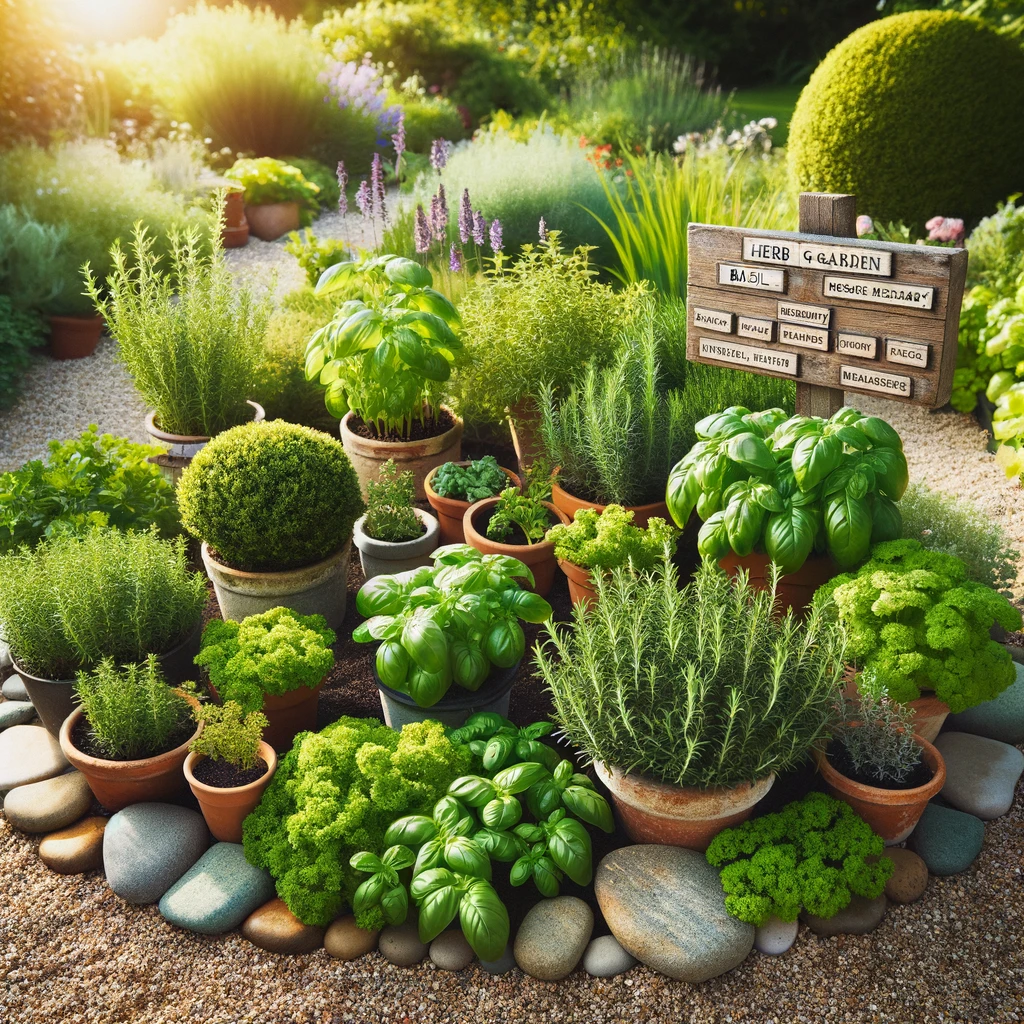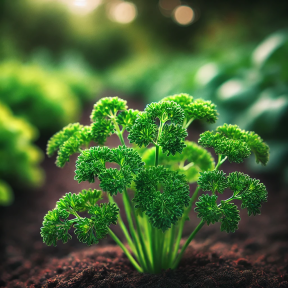Growing your own herbs is a fantastic way to add flavour and freshness to your meals. Not only is it rewarding, but it can also save you money and reduce food waste. Here’s a guide to help you get started.

Choosing a Location:
- Sunlight: Herbs thrive in full sun. Choose a spot in your garden that receives at least six hours of direct sunlight per day.
- Soil: Ensure the soil is well-draining. If your soil is heavy clay, consider adding compost or grit to improve drainage.
- Convenience: For easy access, locate your herb garden near your kitchen.
Selecting Herbs:
- Popular choices: Start with common herbs like basil, parsley, rosemary, thyme, and oregano.
- Personal preferences: Consider your cooking habits and favourite dishes.
- Climate: Choose herbs that are well-suited to your local climate. For example, Mediterranean herbs like rosemary and thyme prefer warmer, drier conditions.
Planting and Care:
- Starting from seed: Sow seeds indoors 6-8 weeks before your last frost. Transplant seedlings outdoors when they’re large enough.
- Spacing: Follow the specific spacing requirements for each herb.
- Watering: Keep the soil consistently moist but not soggy. Overwatering can lead to root rot.
- Maintenance: Regularly remove weeds and dead leaves.
Harvesting and Preserving:
- Harvesting: Pick herbs when they’re at their peak flavour. Snip off leaves or stems as needed.
- Preserving: Dry or freeze herbs for use throughout the year.
Additional Tips:
- Container gardening: If you have limited space, consider growing herbs in containers.
- Companion planting: Some herbs benefit from being planted together. For example, basil and tomatoes are often planted together as they repel pests.
- Pest control: Keep an eye out for pests like aphids and slugs. Organic pest control methods, such as introducing beneficial insects or using homemade remedies, can be effective.
Invasive Herbs:
Some herbs, like mint for example, will spread like wildfire and very soon cover the whole of your herb patch. For plants like this it is a good idea to plant them in pots that will contain their growth. Occasionally, empty the whole plant out of the pot, split it up into smaller pieces and plant one or two pf the smaller pieces back into the pot with fresh compost.
Give away the remainder or swap for other plants with a neighbour or member of a gardening club.
With a little care and attention, you can create a thriving herb garden that will provide you with fresh, flavourful ingredients for your culinary creations. Enjoy the satisfaction of growing your own herbs and the delicious meals they’ll inspire.
